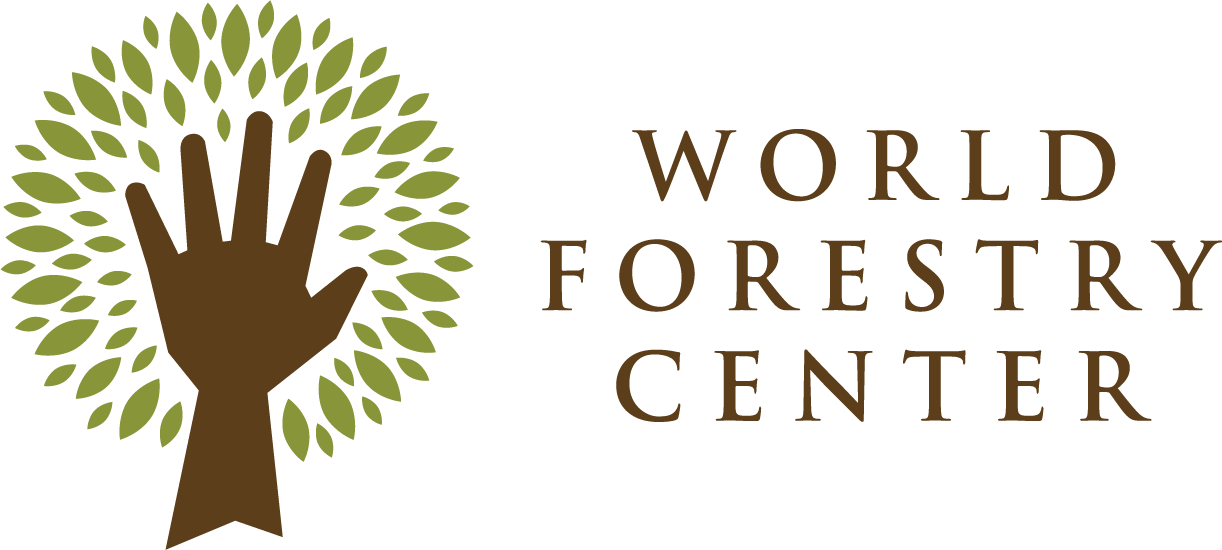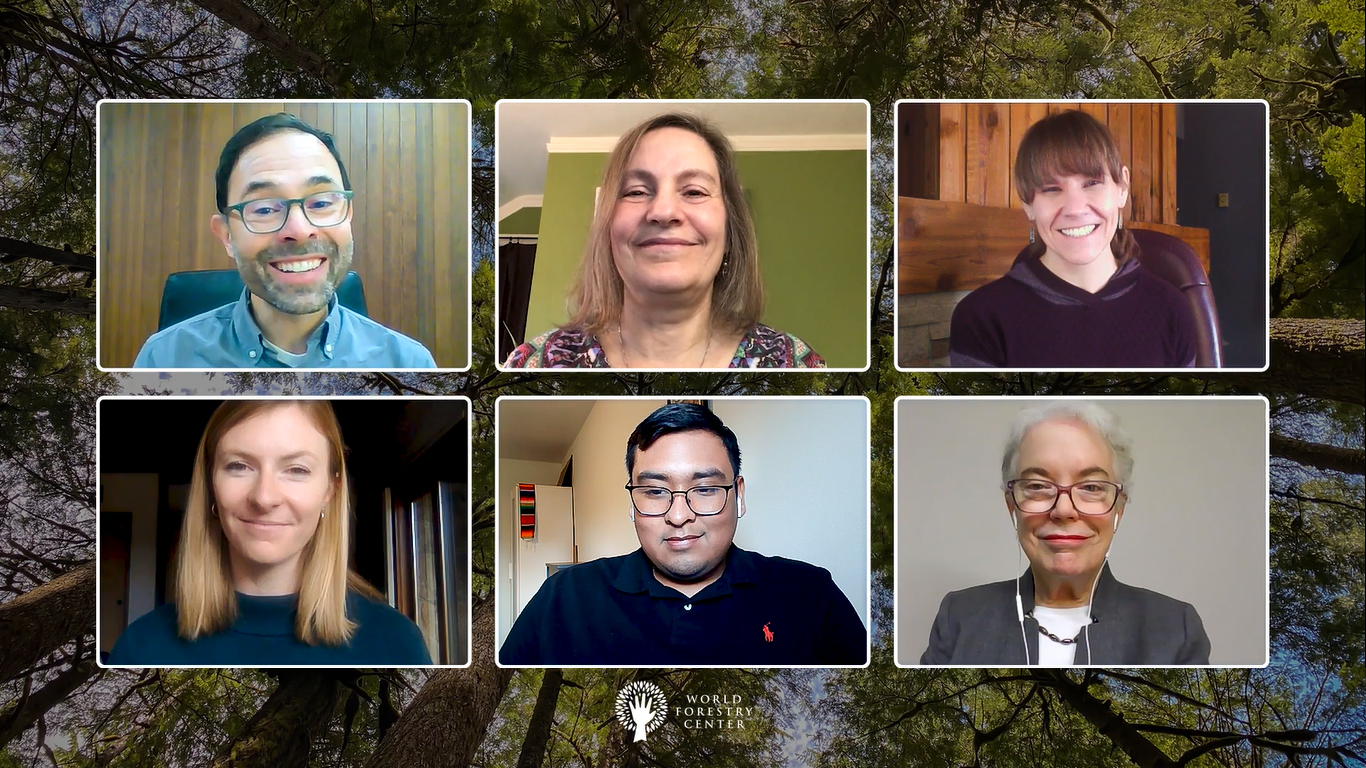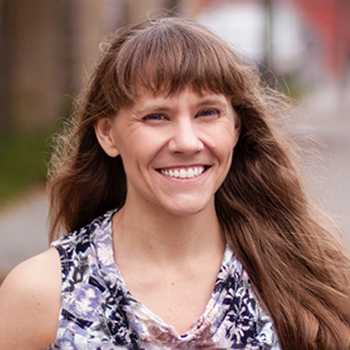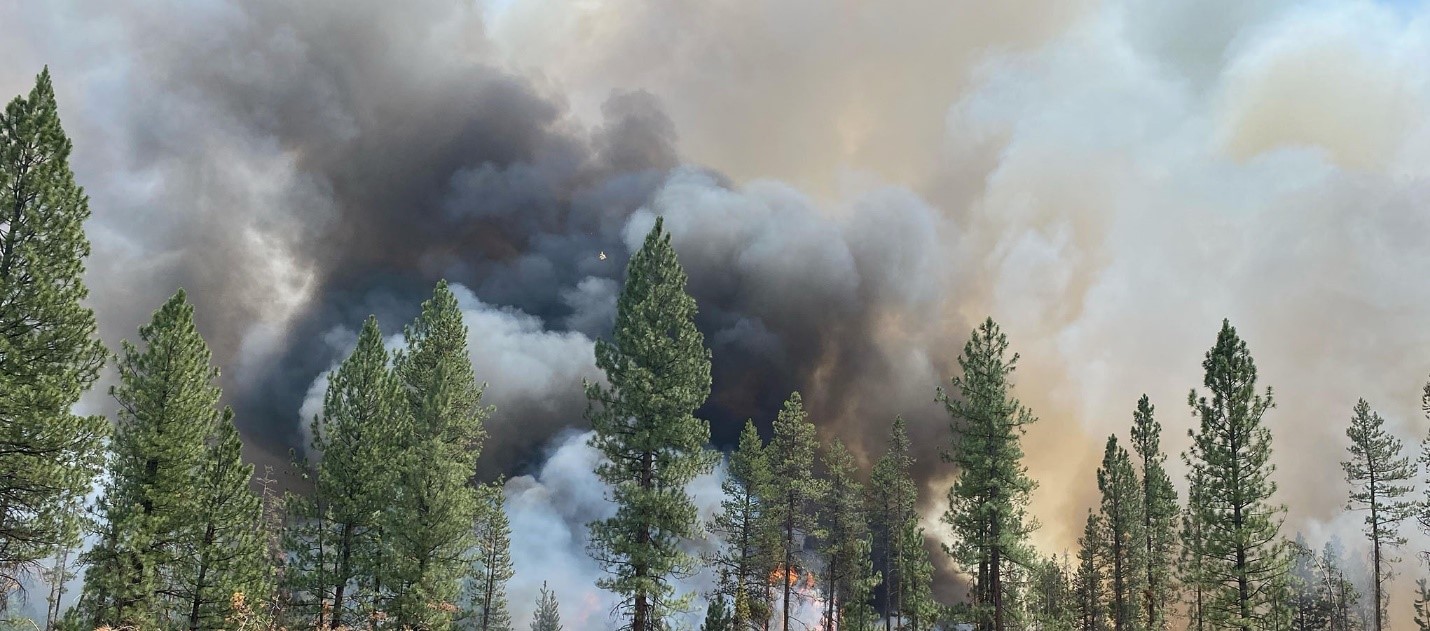
Watch Part Two of Public Health Impacts of Wildfire Smoke now
On March 8, 2023 at 11 am, World Forestry Center premieres the second part of a two-part discussion focused on the public health impacts of wildfire smoke.
Part Two of the program brings together city, state, and federal agency staff, a farmworker labor advocate, and a bio-social research scientist to discuss what actions the public health sector can take to support vulnerable communities exposed to wildfire smoke.
“This discussion builds on what we heard in part one and focuses on successful strategies for building community resilience to wildfire smoke.” said Tim Hecox, World Forestry Center’s Director of Experience.
Panelists
Sarah Coefield has been an air quality specialist with the Missoula Public Health’s Air Pollution Control Program since 2010. During wildfire smoke events, Sarah provides the community with wildfire smoke forecasts and health advisories. During the off-season, she works closely with community, non-profit and research partners to move Missoula County closer to being a smoke-ready community. She has co-authored a variety of wildfire smoke-related papers and written multiple editorials on the issue.
Recommended Resources:
- Montana Wildfire Smoke
- Wildfire Study to Advance Science Partnerships for Indoor Reductions of Smoke Exposures
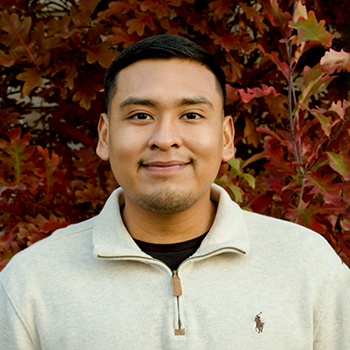
Ira Cuello-Martinez is the proud son of immigrants and farmworkers who came to Oregon from Puebla, Mexico in the early 1990s. After graduating from Willamette University, Ira became a Labor Rights Organizer at Voz Workers’ Rights Education Project where he worked with the day laborer and immigrant community on issues related to wage theft. He then joined PCUN’s team in 2020 and played a crucial role in the passage of Oregon’s farmworker overtime law as well as ensuring Oregon has the strongest heat and smoke worker protections in the country. Ira now leads PCUN’s advocacy campaigns as the Policy and Advocacy Director.
Recommended Resources:
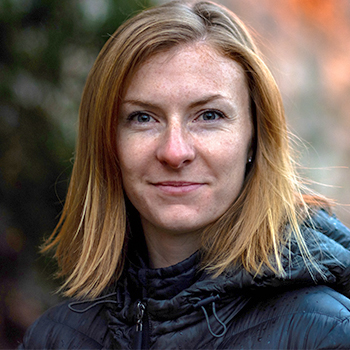
Dr. Savannah D’Evelyn is an environmental health scientist and bio-social scientist with expertise in environmental toxicology, community-based participatory research (CBPR), and intervention and implementation science. Her research centers on understanding the impact of environmental change on communities through the interdisciplinary research themes of community health, air pollution exposure, and climate adaptation.
Recommended Resources:
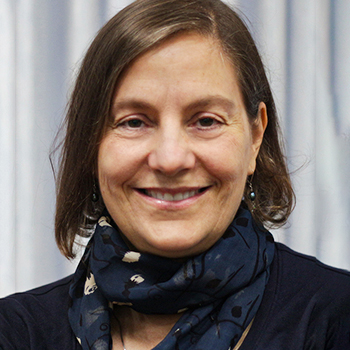
Gabriela Goldfarb joined the Oregon Health Authority, Public Health Division in September 2016 as manager of OHA’s Environmental Public Health Section. She oversees the agency’s programs to advance science-based actions that protect people from environmental threats where they live, work, and play, including climate change impacts, lead and other hazardous exposures, pesticide incidents, food safety, and more.
Recommended Resources:
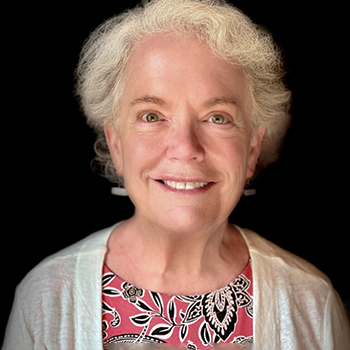
Susan Lyon Stone is a Senior Environmental Health Scientist at the Environmental Protection Agency, who is working on the review of national ambient air quality standards for particulate matter. She is also the Air Quality Index (AQI) Team leader and has coauthored many of EPA’s public information documents about the AQI. She leads a multi-agency team that updated the document Wildfire Smoke: A Guide for Public Health Officials in 2019 and continues to develop associated fact sheets and guidance.
Recommended Resources:
